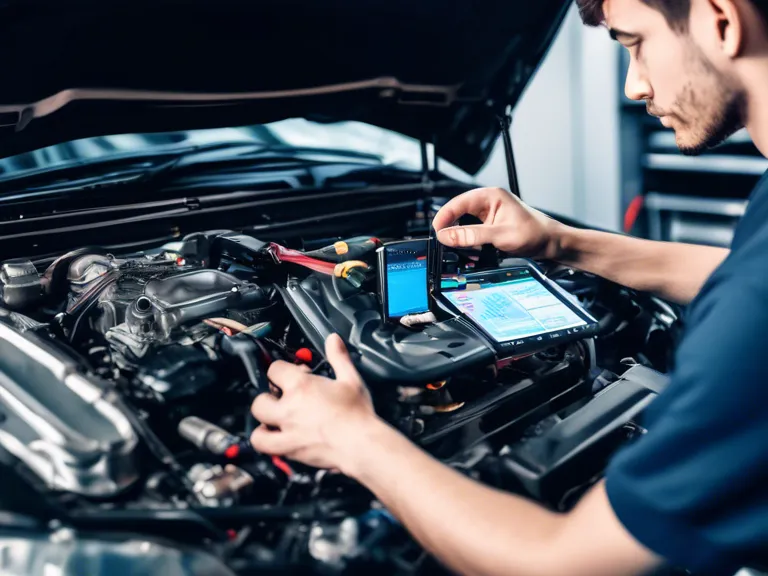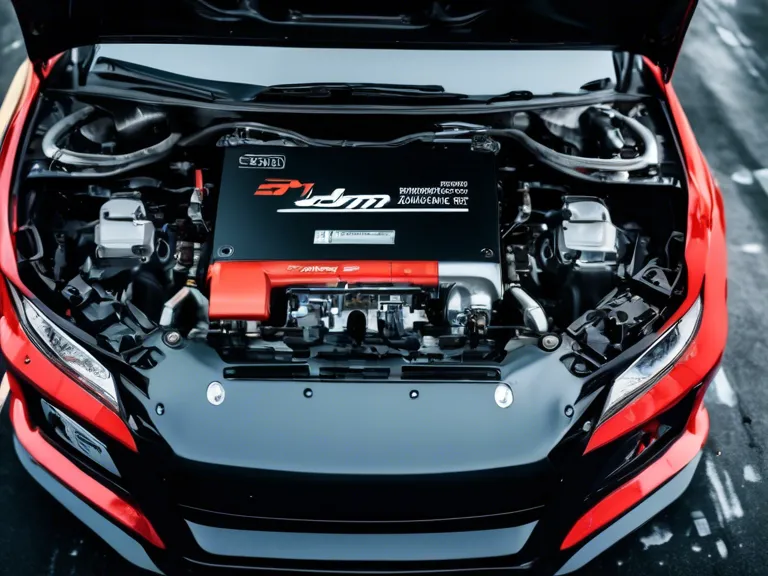
Artificial intelligence is revolutionizing every industry, including the design and engineering of Japanese Domestic Market (JDM) cars. As technology continues to advance, AI is playing an increasingly integral role in shaping the future of JDM car design and engineering. From enhancing performance to improving safety features, the possibilities are endless. In this article, we will explore the potential impact of AI on JDM car design and engineering and what the future may hold.
One of the key areas where AI is making a significant impact is in the design process of JDM cars. By utilizing machine learning algorithms, designers can generate innovative and unique designs that push the boundaries of traditional automotive aesthetics. AI can analyze market trends, consumer preferences, and even environmental factors to create designs that are both visually appealing and functional. This not only speeds up the design process but also allows for more creativity and customization than ever before.
In terms of engineering, AI is being used to improve performance, efficiency, and safety features in JDM cars. With the help of AI-powered simulations and predictive analytics, engineers can optimize the performance of engines, suspension systems, and other critical components. This leads to better fuel efficiency, faster acceleration, and overall improved driving experience for consumers. AI is also being used to develop advanced driver-assistance systems (ADAS) that enhance safety by detecting potential hazards and assisting drivers in real-time.
Looking ahead, the future of AI in JDM car design and engineering looks promising. As AI technology continues to evolve, we can expect to see even more innovative designs, intelligent features, and autonomous capabilities in JDM cars. With the combination of AI and traditional automotive expertise, the possibilities for creating cutting-edge vehicles are endless. By embracing AI, JDM car manufacturers can stay ahead of the competition and deliver exceptional vehicles that exceed consumer expectations.



